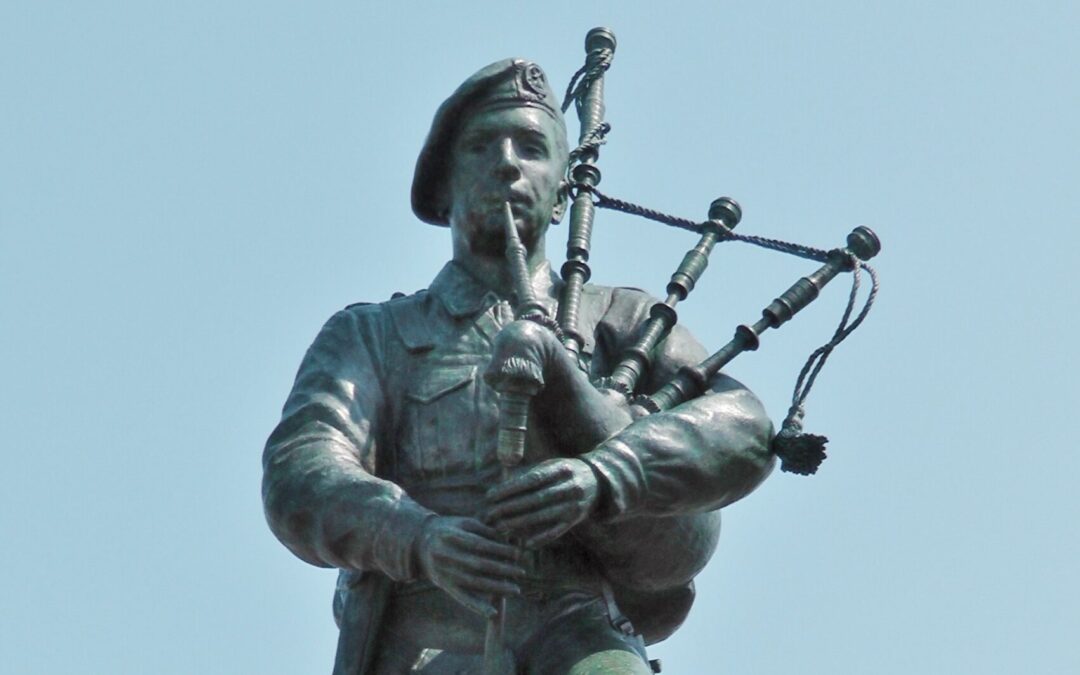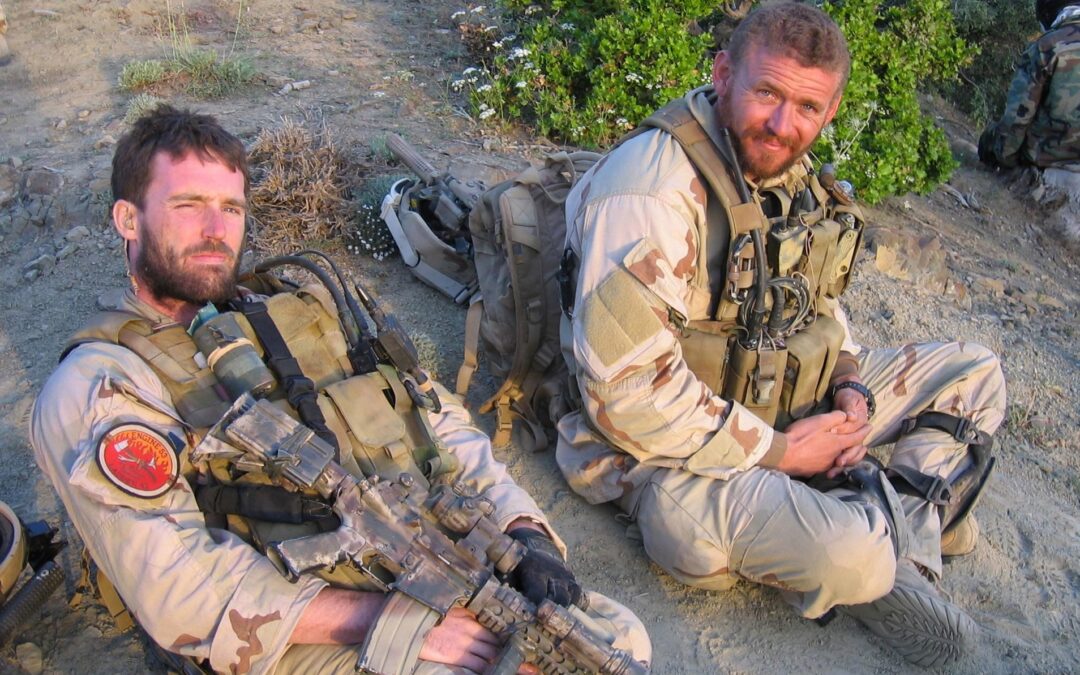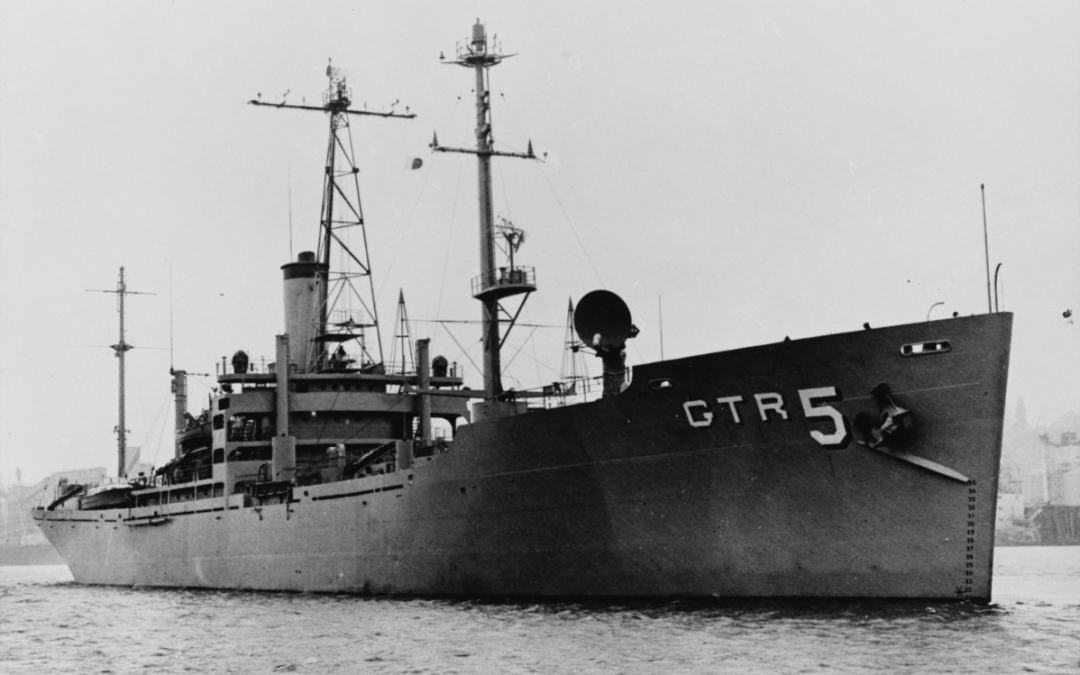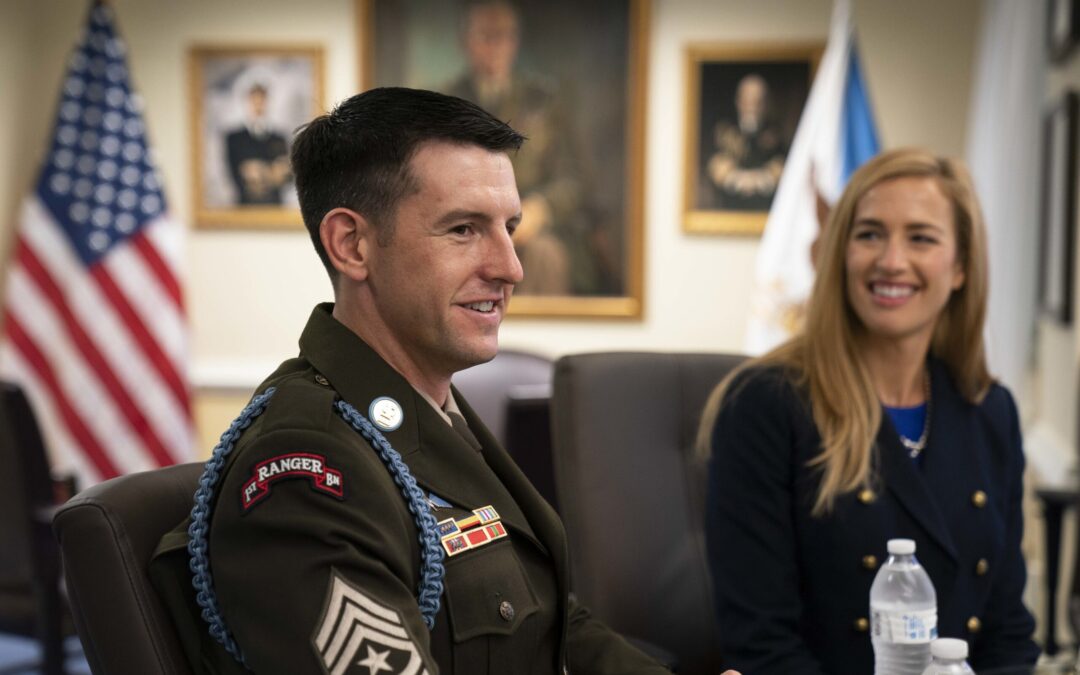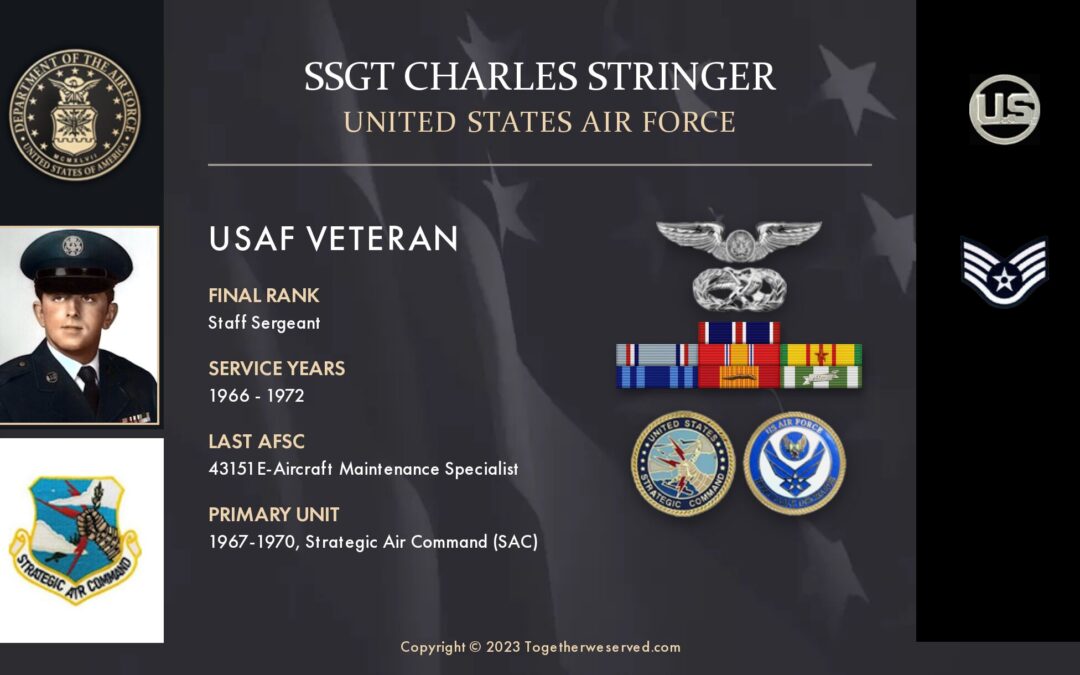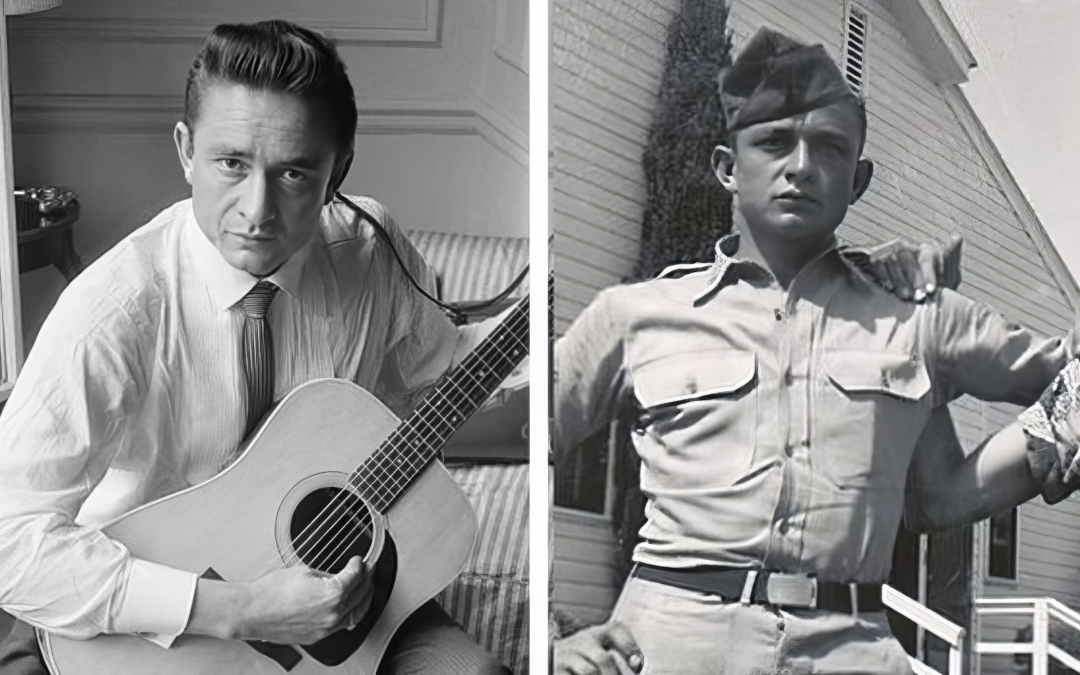Privates Joyce Kutsch and Rita Johnson became the first women to graduate from a modified Basic Airborne Course on December 14, 1973. In 2007, Army medic Specialist Monica Lin Brown was only the second female soldier since World War II to receive the Silver Star. Eight women were admitted to Army Ranger School for the first time in 2015. All failed, but three were invited back for another try. Obviously, these were historical inroads in what had been the male soldiers' exclusive domain and evidence that the military is on the path for even more inclusion of women in traditional combat roles. Surprisingly, however, it wasn't until the summer of 1976 that women were allowed to become cadets in college ROTC programs and plebes in the United States Military Academy at West Point. "Refined by Fire," their first book in the Guarding of Peace historical fiction series about women in the military, Ruth Vandyke and Yvonne Doll masterfully entertain readers while providing accurate depictions...

